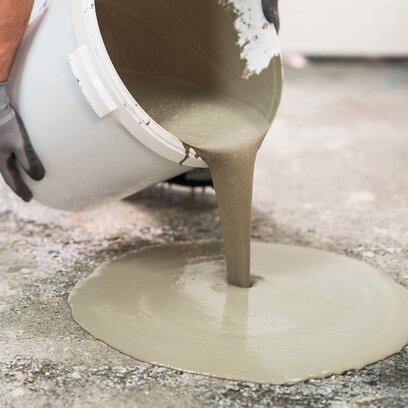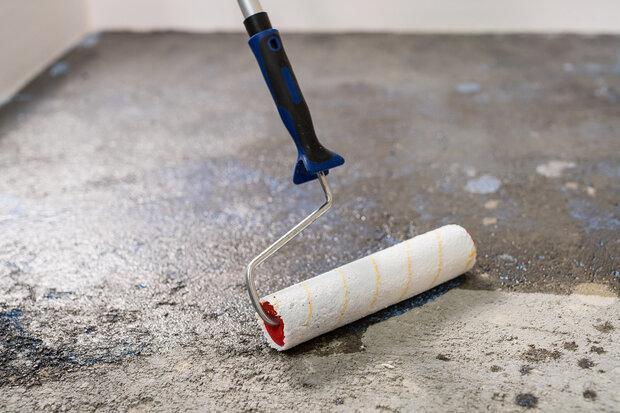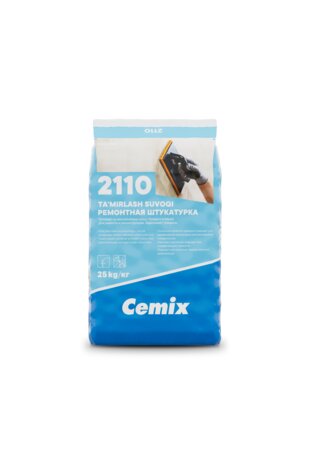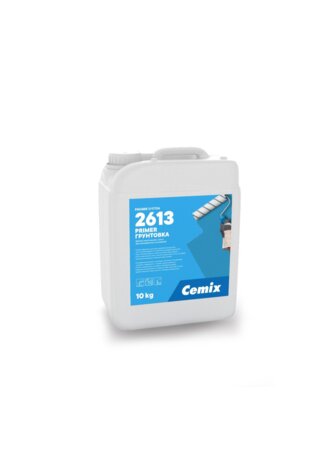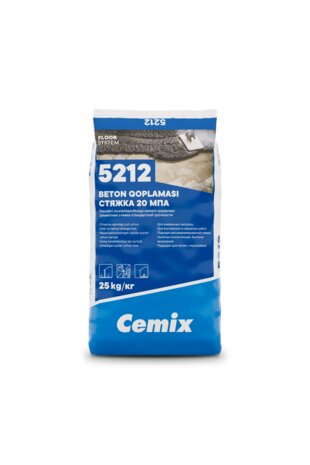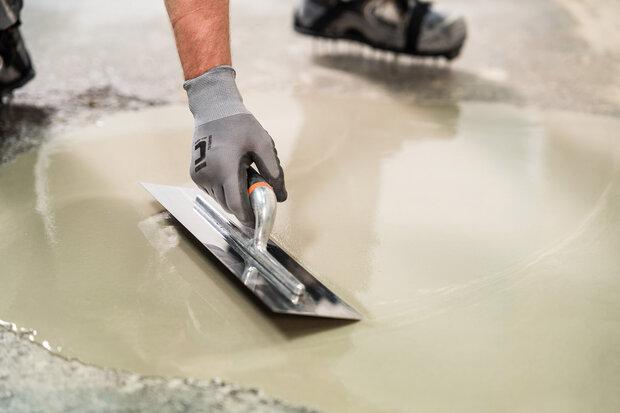Surface Preparation
Surface preparation can be divided into several steps. In the case of renovation, the work begins with the removal of the old covering, which allows hidden defects to be identified. After these are corrected, the surface is leveled, as tiles can only be laid on an even base.
It is very important to ensure reliable adhesion of materials to the surface. For tiles, if necessary, it is recommended to use a primer, which improves adhesion and increases the durability of the covering.
Recommendations for Thorough Surface Preparation
High-quality tiling is impossible without thorough surface preparation. To ensure the durability of the covering, pay attention to the following recommendations:
-
The surface must be strong, clean, and free of dust or contaminants.
-
All loose or poorly secured elements should be removed from the surface.
-
Any defects in the surface must be corrected no later than three days before starting tile installation.
-
Before applying waterproofing or adhesive, it is important to ensure that the surface absorbs moisture evenly, is stable, and has sufficient adhesion—this check should be carried out at least one day before work begins.
-
The preparation method depends on the type of surface and the structure of the finishing layer.
-
If in doubt about your skills, it is better to entrust the preparation work to professionals.
Materials for Surface Enhancement
Even in new buildings, it is important to ensure a strong and well-adhered surface for tiling. In most cases, cement plasters and concrete floors do not require complex preparation—thorough dust removal is sufficient.
If the surface is gypsum-based, it must be separated from the cement layer using a primer. For concrete floors, screeds, as well as under painted or decorative plasters, it is recommended to use Cemix 2613 Primer, which strengthens the surface and improves the adhesion of subsequent layers.
It should be noted that in areas with high humidity, the use of gypsum materials is not recommended due to the risk of softening and loss of strength.
Our Product Recommendations for Surface Preparation
What You Need to Know About Primers and Bonding Agents
All these materials are liquid compositions applied in a thin layer to prepare the surface for further treatment.
- Primers are mainly used on absorbent surfaces to reduce their water absorption.
- Deep-penetrating primers are used to strengthen weakened, chalky surfaces, as well as for drywall they penetrate the paper layer and ensure strong adhesion to the underlying layers.
- Bonding agents are used on smooth and non-absorbent surfaces to ensure adhesion between incompatible materials. Incompatibility refers to a situation where two materials cannot reliably bond with each other.
Why Use a Primer?
-
To reduce the water absorption of the surface and prevent the drawing out of moisture needed for forming a strong bond of waterproofing, leveling compounds, or adhesive.
-
To even out the absorbency of the surface and ensure uniform drying—especially important when using self-leveling floors.
-
To strengthen the substrate (recommended only for slightly porous surfaces).
-
To improve adhesion between different layers of materials.
Preparing and Leveling the Floor Surface
This stage is one of the key steps in preparing for tiling work. There are two types of leveling compounds: self-leveling and traditional.
Self-leveling compounds are used when a perfectly flat horizontal surface without unevenness is required. When selecting a material, it is important to consider the required layer thickness and how quickly the compound needs to set.
Traditional (non-self-leveling) compounds are used for local leveling, repairing defects, or treating areas with varying levels, such as steps. This group also includes materials designed to create slopes—for example, in shower areas.
